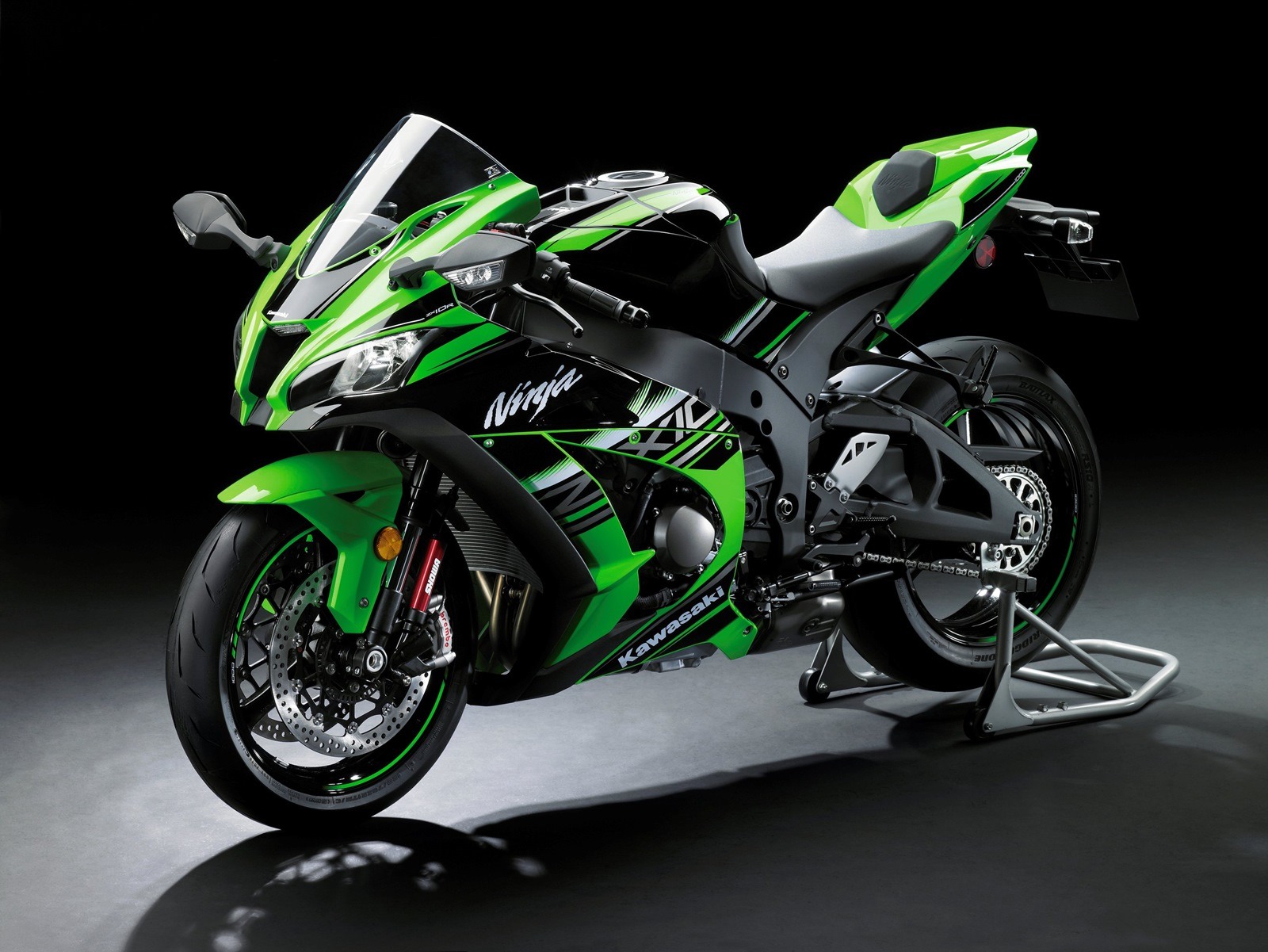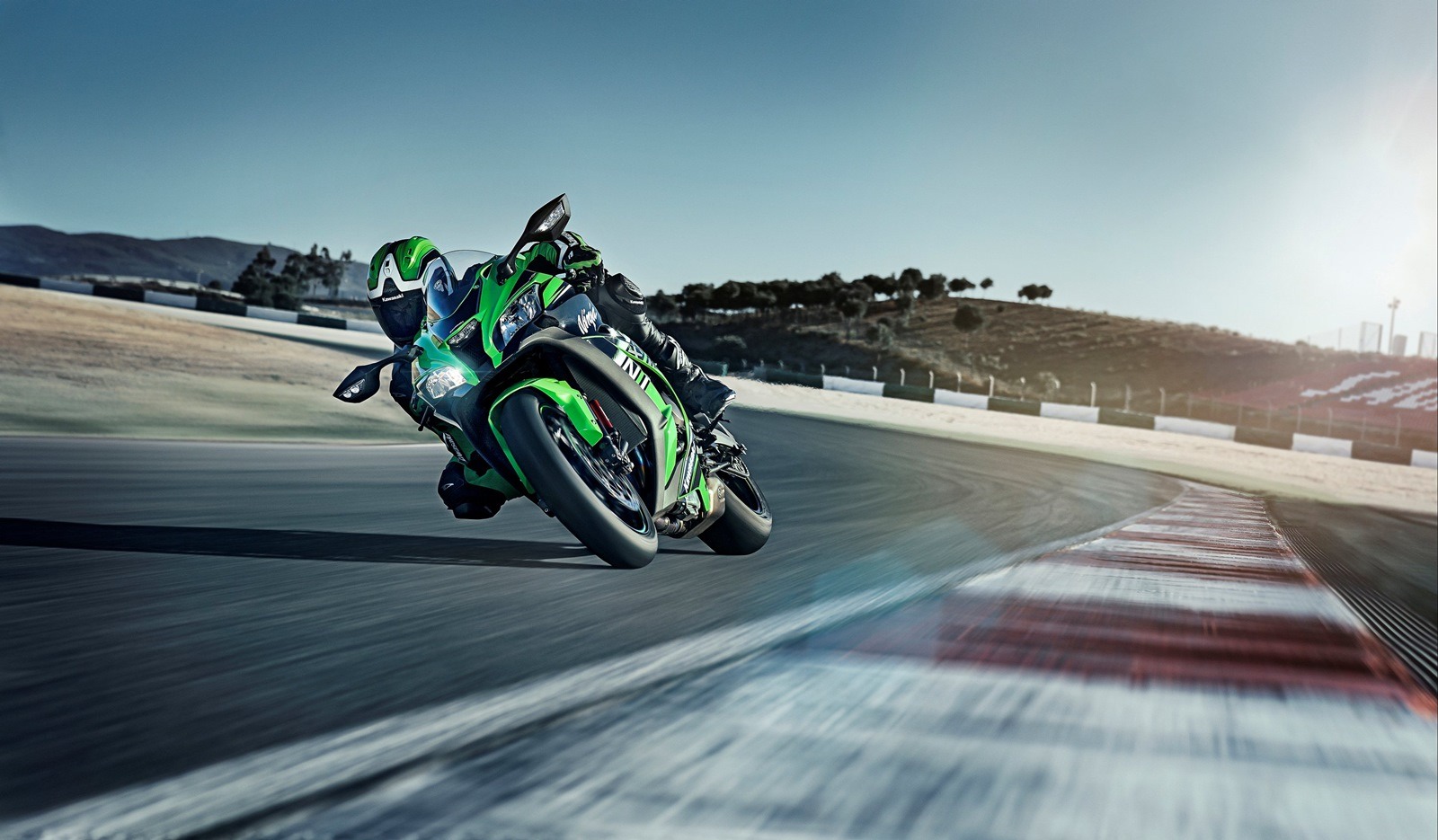Kawasaki has lifted the curtains on the eagerly awaited 2016 Kawasaki Ninja ZX-10R yesterday in Spain. With two world titles in the World Superbike Championship since 2013, Kawasaki looks equipped to take on the super sport world with its newest iteration of the Ninja ZX-10R.
Kawasaki Heavy Industries have worked closely with the WSBK Kawasaki Racing Team (KRT) and their WSBK rider Tom Sykes who played a major role in developing its new 998cc superbike. This being the result of the new WSBK rules which have pushed manufacturers to develop their machines that are almost race ready and fast, right out of the box. This should come as great news to riders who would like to scorch the tracks with this latest weapon from Kawasaki. It’s always good to see technology development from racing dripping into production models.
The new 2016 Kawasaki Ninja ZX-10R comes at a time when the super sport category is taking a wild new turn with highly sophisticated technology especially in electronics. With the new Yamaha YZF-R1 released and Suzuki planning to unveil its new GSX-1000R in the near future, the Kawasaki Ninja ZX-10R is neither too late nor too early to take on the competition.
The new Ninja features a much powerful and refined engine, revised chassis, all new suspension and a truck-load of electronic wizardry. The engine keeps the bore and stroke from its earlier iteration but gets a new lighter crankshaft with a new balancer, lighter polished pistons and a new cylinder head with revised inlet and exhaust ports. All these along with dry-film lubrication technology allows a higher redline RPM, better response, quicker revving, an increased mid-range power and an overall increase in the peak power output to a claimed 207 BHP with ram-air effect and 112.5 Nm of torque.
The transmission is cassette-type close ratio with shorter second through sixth gear for better corner exit acceleration. It features a slipper clutch 130g lighter than the previous model and also gets a Kawasaki Quick Shifter which works only on up-shifts for seamless acceleration.
The Ninja also gets titanium-alloy headers with three-level catalytic converters that help in – reducing the weight, mass centralization and to meet the new Euro4 standards. This combination of the engine, transmission and exhaust proves to be a great power-plant for the ZX-10R.
The power-plant is complemented by a myriad of electronics in the new 2016 Kawasaki Ninja ZX-10R. Kawasaki has used a 5-axis Inertial Measurement Unit (IMU) by Bosch with the software developed in-house, capitalizing on the experience of the KRT engineers. The IMU in combination with other sensors give a very high level of chassis orientation awareness and can respond to real-world conditions down to the tyre wear and even road camber. The sophisticated electronics results in the Kawasaki Ninja ZX-10R having ride-by-wire throttle, traction control (S-KTRC), intelligent braking system (KIBS), corner management function, launch control (KLCM), engine braking control and switchable power modes.
The chassis is revised with a longer swing-arm and a revised steering head pipe positioning which increases in-corner stability and front-end feel. The Kawasaki Ninja ZX-10R gets all new WSBK-derived suspension, Balance Free Fork (BFF) at the front and Balance Free Rear Cushion (BFRC) at the rear by Showa. The brakes feature a Brembo M50 Monobloc calliper with bigger 330mm rotors at the front and at the rear a 200mm rotor with two-piston callipers by Nissin.
The 2016 Ninja will be available in two variants, the standard Ninja ZX-10R and the ABS equipped Ninja ZX-10R ABS. Both will be available in Metallic Matte Carbon Grey and Lime Green/Ebony (KRT) colour schemes. The Ninja is priced competitively at $14,999 for the standard Ninja ZX-10R and $15,999 for the Ninja ZX-10R ABS with the KRT colour scheme costing an additional $300 in the US. Can’t wait to see how the new 2016 Kawasaki Ninja ZX-10R will take on its closest rival, the Yamaha YZF-R1.



